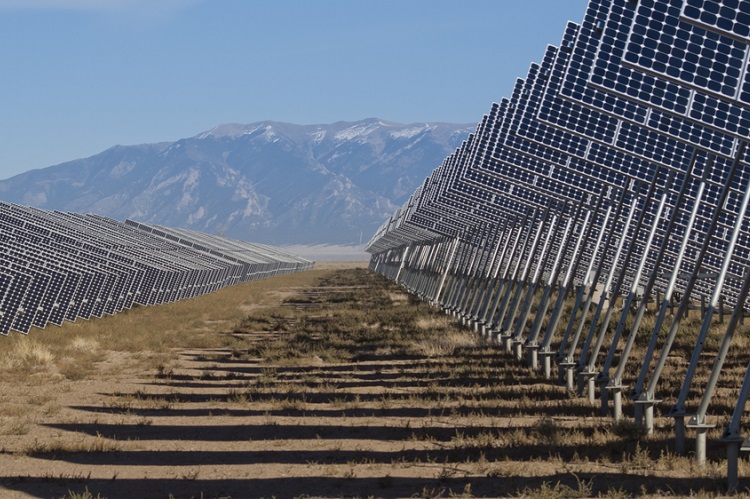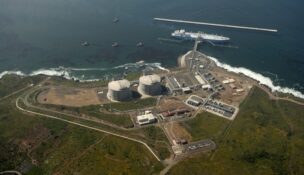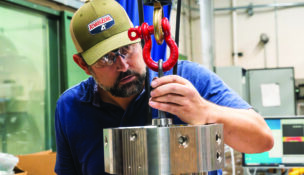 Sara Farr Guy is a writer and editor based in Colorado Springs. She is a recipient of the Edward R. Murrow Press Fellowship, and former public broadcast journalist as well as a journalist and editor for a number of international publications, including Macau Post Daily, Macau Daily Times and Macau Business
Sara Farr Guy is a writer and editor based in Colorado Springs. She is a recipient of the Edward R. Murrow Press Fellowship, and former public broadcast journalist as well as a journalist and editor for a number of international publications, including Macau Post Daily, Macau Daily Times and Macau Business
Demand for solar energy soars in Colorado
And it shows no sign of stopping (or slowing)
Sara Farr Guy //November 5, 2019//


Demand for solar energy soars in Colorado
And it shows no sign of stopping (or slowing)
Sara Farr Guy //November 5, 2019//

As demand for solar energy rises throughout the state, prices have dropped 32% over the last five years. Furthermore, national trade association Solar Energy Industries Association estimates growth projections of 2,406 megawatts through 2024.
Since 2010, Colorado has recorded a steady growth of solar installations. The most noticeable of which was in 2016 with the construction of a 16-megawatt solar farm, completed in 2017, that now generates enough electric capacity to power 3,180 homes.
Having installed 1,268.4 megawatts of solar energy, Colorado ranked twelfth in the country for installed solar capacity in 2018, down from its ranking at No. 11 a year before. Denver, on the other hand, ranked ninth nationally with 83.4 megawatts installed at the end of 2017, and eighth nationally in terms of solar energy installer per capita, with 120.3 watts per person.
Statistics from the Colorado Geological Survey, a state government agency and research foundation, show that between 2001 and 2011, coal remained Colorado’s primary generator of electricity at 66.37%, followed by natural gas at 20.18%. Solar, on the other hand, registered only a 0.2% growth from 0% the previous year. This changed after Colorado passed the Renewable Energy Initiative in 2014; solar installations have increased every year since, except in 2016.
Colorado’s Climate Action Plan to Reduce Pollution outlines plans to reduce carbon emissions by 26% by 2025, 50% by 2030, and 90% by 2050, according to the Colorado Times Recorder.
Denver is committed to reaching 100% clean energy, and last year, city mayor Michael Hancock announced plans to reduce greenhouse gas emissions by as much as 80% from levels recorded in 2005 by the year 2050. His 80×50 Climate Action Plan, if followed through, aims “to meet 100% of Denver’s electricity needs for municipal facilities with renewable sources such as wind and solar by 2025, while also meeting the entire city’s electrical demands with renewable sources by 2030,” the Denver Post reported.
Solar panel farms and energy storage systems
A $250 million large-scale, 240-megawatt solar panel farm project in Pueblo is slated to begin construction next year, which could see the new solar panels generate power for the city’s Rocky Mountain Steel Mill by 2021. The Bighorn Solar facility, as the project is known, is expected to create new jobs with around 300 contractors being brought in to build the panels. Of these, between 15 to 20 contractors are expected to remain in Colorado once the solar panel construction project is complete.
Also under construction at Fort Carson is the largest stand-alone energy storage system on any army base, with its 4.25-megawatt system expected to reduce electricity demand and increase the base’s grid resilience.
Currently, Colorado is home to more than 476 solar companies, up from 454 solar companies recorded by the Colorado Energy Office in 2016. Combined, the solar energy sector currently employs 6,847 people throughout the state; and as much as $3.35 billion has been invested, of which $317.7 million was invested in 2018 alone.
Nationally, the solar industry employed 242,000 workers in 2018, down by 3.2% from the previous year, according to the Solar Foundation’s National Solar Job Census 2018. Despite the decline – in part due to uncertainty of a trade case on solar tariffs – solar employment has recorded a growth of 159% since 2010 across all 50 states.
Clean energy industry growth
Advanced energy job growth in Colorado increased by 4% year over year in 2018 and is projected to grow an additional 9% to 10% this year. According to the Advanced Energy Economy (AEE), a national association of businesses that represents more than 100 companies, of the 65,400 existing jobs, 52% or 34,300 fell under the energy efficiency segment, while 29% or 18,700 were in advanced generation. Advanced grid, advanced vehicles and advanced fuels accounted for 4% (2,900), 5% (3,300) and 9% (6,100) of the industry’s jobs, respectively.
While all 64 counties are home to clean energy workers, Denver, Arapahoe, Jefferson, Adams and El Paso are the predominant counties for advanced energy jobs. What’s more, clean energy jobs now outpace fossil fuel jobs by 26,000 more workers; and 9.6% of those employed in clean energy in Colorado are veterans, according to E2, a national nonpartisan group of business leaders that advocate for smart policies.
Globally, the advanced energy industry generated $1.6 trillion in revenue in 2018, while the U.S. industry revenue generated was of $238 billion – up by 11% year over year – and there were 3.5 million advanced energy jobs in the country. This makes it the second largest industry by revenue, closely behind the aerospace management industry, which generated $246 billion in revenue in 2018, according to figures highlighted in the sixth Advanced Energy Economy (AEE) Advanced Energy Now 2019 Market Report.
























